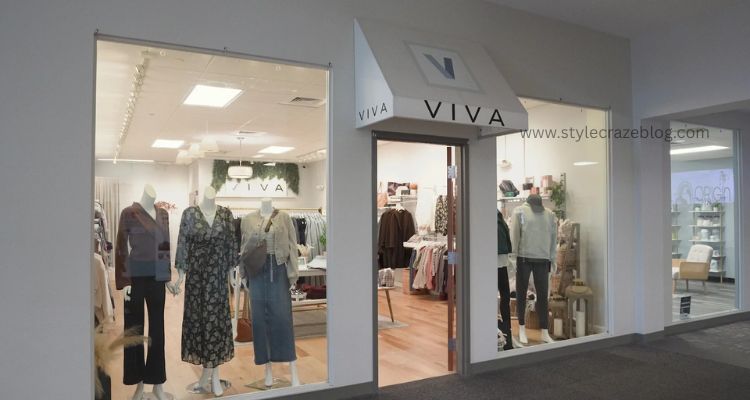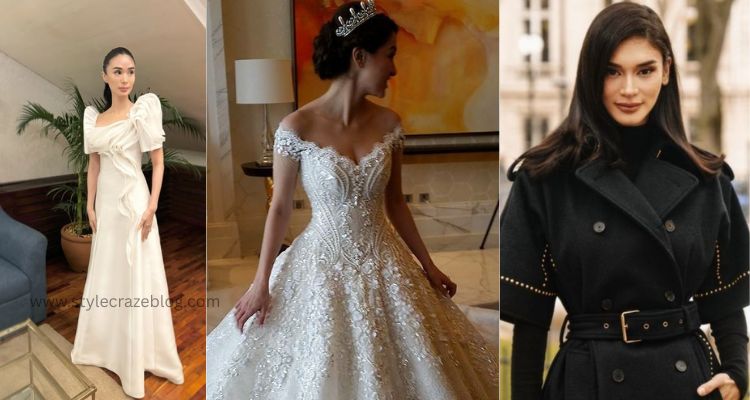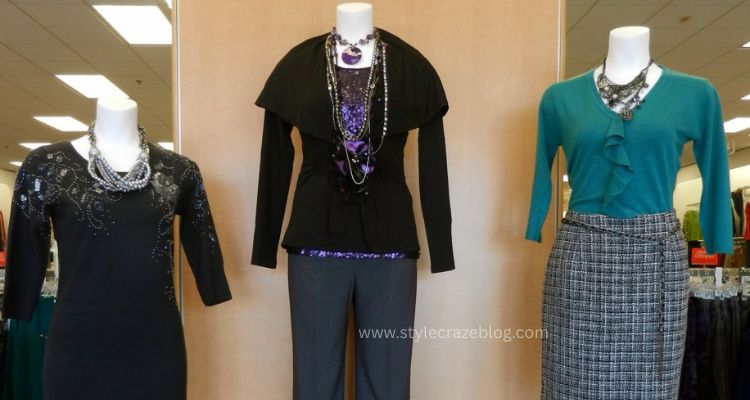The first time I tried on a replica hoop skirt from the 1850s fashion era, I almost knocked everything over in the room. It was huge, heavy, and dramatic—but also incredibly elegant. That experience made me realize how different clothing used to shape daily life. Fashion in the 1850s was not just style; it was structure, class identity, and culture stitched into fabric.
What Was Fashion Like in the 1850s?
So, what was fashion like in the 1850s? In one word: structured. Women wore wide crinoline skirts supported by steel hoops. Dresses had tight bodices with pointed waists and long sleeves for daywear. Fabrics often included silk, taffeta, and cotton with bold patterns.
For ordinary women, practicality mattered. They wore simpler gowns, often in darker colors, that were easier to clean. Morning dresses, afternoon gowns, and evening wear all had strict rules. I tried walking in one costume dress, and honestly, it felt like carrying a portable cage around—fashion then was serious business!
What is the 3-3-3 Rule in Fashion?
You may have heard of the 3-3-3 rule in fashion. While it’s a modern minimalist idea, I like to compare it to 1850s fashion. The 3-3-3 rule is about living with only 33 items of clothing for 3 months. Imagine applying that to the 1850s? Not possible at all!
Back then, wardrobes revolved around social expectations. Women needed different dresses for different times of day. Men wore several layers of clothing daily—shirts, waistcoats, jackets, and more. So, while today we use the 3-3-3 rule for simplicity, the 1850s represented the complete opposite: more clothing, more rules, more formality.
What Era Is the 1850s?
If you’re wondering, what era is the 1850s? It falls within the Victorian era, during the reign of Queen Victoria in Britain. This time emphasized modesty, elegance, and order. Fashion reflected societal values of discipline and restraint.
In Europe, aristocracy drove trends, while in America, clothing was influenced by expansion and practicality. Even so, both regions shared a love for structure. Wide skirts, fitted bodices, and elaborate trims made the 1850s a symbol of refined extravagance.
What Did Men Wear in 1850?
Now, let’s talk about men. What did men wear in 1850? 1850s fashion for men combined practicality with dignity. The typical man wore a linen shirt, waistcoat, cravat, and a coat. Trousers were straight-cut, replacing breeches that disappeared in earlier decades.
Top hats were essential. Without one, a gentleman felt half-dressed. For formal occasions, men wore frock coats, and for casual outings, sack coats or shorter jackets. My grandfather once showed me an old family photo of an ancestor from that period. He stood stiffly in a tall hat and waistcoat, looking both stylish and uncomfortable. No wonder—we know men valued appearance as much as women, even if less dramatic.
Everyday Contrast: Rich vs. Poor
Of course, not everyone walked around in silk gowns or lined coats. For the working class, 1850s fashion was about durability. Women wore cotton and wool dresses, often repaired many times. Men relied on sturdy boots, simple shirts, and practical trousers.
The differences remind us how closely clothing tied to class. A gown with a wide hoop skirt instantly told the world you were wealthy. Meanwhile, a patched wool coat signaled working life.
Influence of Technology and Culture
One thing I find fascinating about the 1850s is how technology shaped fashion. The invention of the sewing machine in the mid-19th century transformed how quickly garments could be made. Expanding trade introduced new dyes and fabrics. Culture also played a role—European styles heavily influenced America, but frontier life demanded simpler, tougher clothes.
Final Thoughts
1850s fashion was striking, both for men and women. Women’s hoop skirts and fitted bodices created dramatic silhouettes. Men’s coats, waistcoats, and top hats defined respectability. And behind these outfits, society communicated values of modesty, wealth, and authority.
Whenever I see images from the 1850s, I think of the heavy fabrics, the social rules stitched into seams, and how far fashion has come. Today, we chase comfort and versatility; back then, they chased structure and status. Both worlds say something about human nature—we always use clothing to tell our stories.




